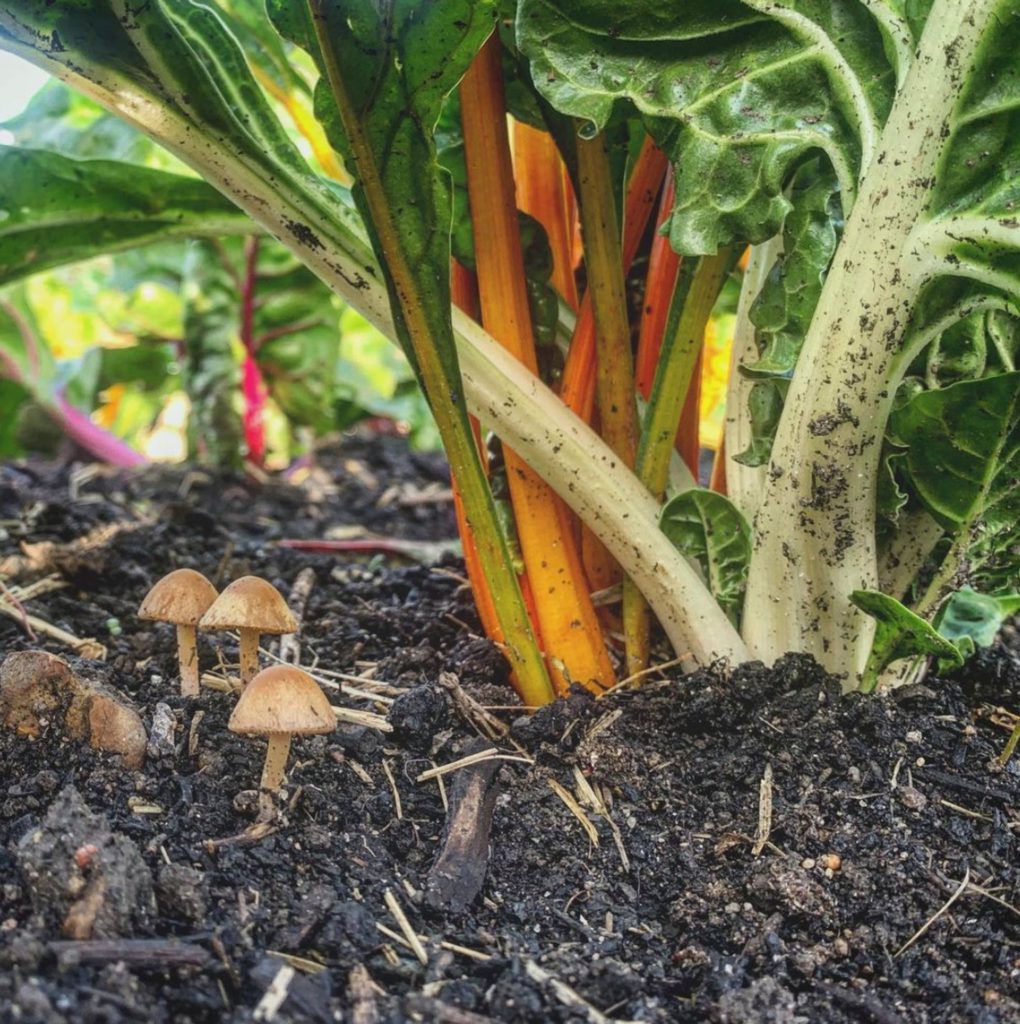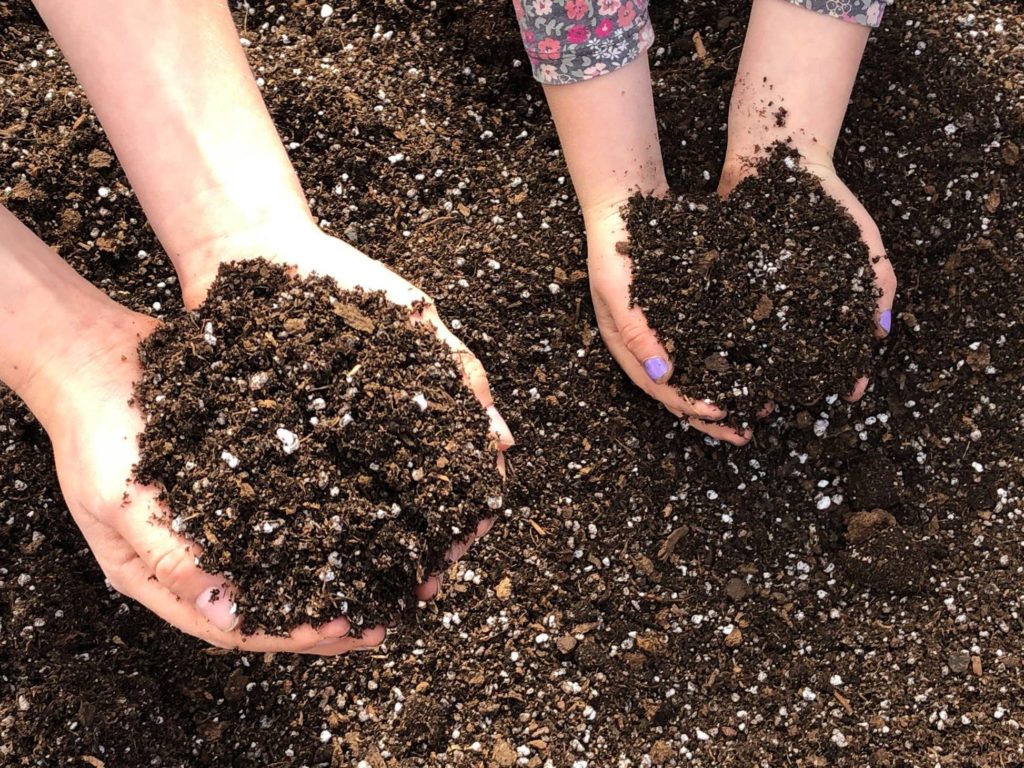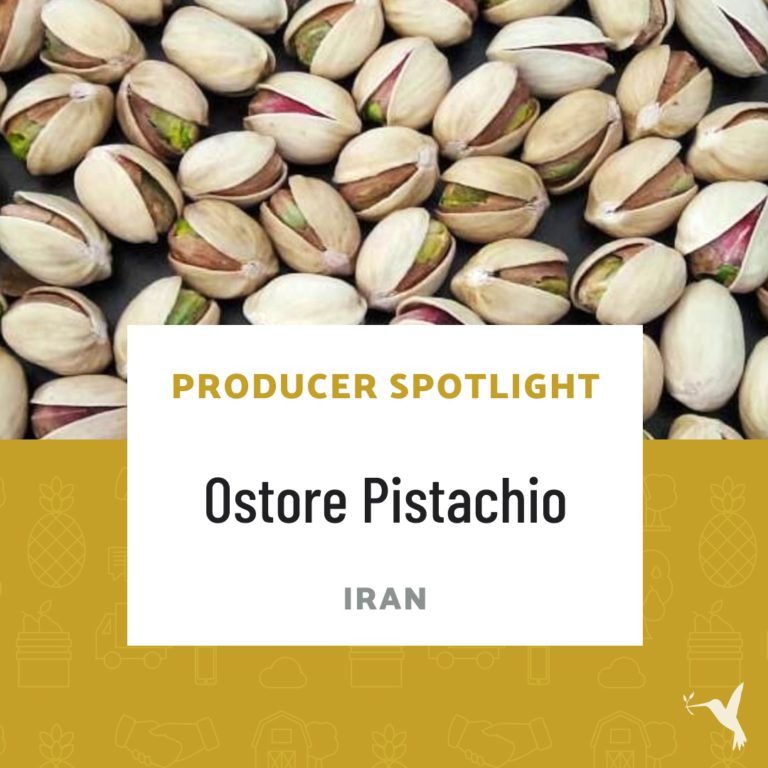How Important is Soil Health?
Soil Health & Human Health are More Interconnected Than You Think
Soil is something like dirt, but so much more. It is the top layer of the earth. The medium in which plants grow. We use it in our gardens and the potted plants in our homes. Of course soil needs to be fertile for plants to thrive. But how does soil health relates to human health? Soil, one of the earth’s most important natural resources, is far more than just a fertile home for plants. Our soils support food production systems, cultivation of vegetation for feed, fiber and fuel, and even have the potential to help alleviate climate change.
Healthy soil is vital for human life and well-being. It is a complex ecosystem of its own, teeming with life and death, accomodating a wide array of biodiversity. We literally cannot survive without soil. It has provided sustenance to humans and all of life for millions of years. The crops we cultivate for food are merely a product of the joint efforts of man and soil. We walk on soil, live on soil, die on soil, and in some manner, return to it.
What Is in the Soil?
Soil is dynamic, hosting an interaction of different parts—minerals, organic materials, and living organisms. Water and air form complex networks of channels and chambers between the solid components, which themselves are chemically active, interacting continually such that the properties of the soil are constantly changing.

If you pick up a handful of soil and look at it, you will see different types of particles like sand, clay, and silt—forms of broken down rocks, different particles of different textures and properties. Until recent years, we humans thought these visible grains of rock and sand were all there was to it. Now we know that there is an entire world within the soil, a rich ecosystem of bacteria, archaea and fungi. There are between 10,000 and 50,000 species in a single teaspoon of healthy soil and more bacterial biodiversity in a handful of healthy soil than in all of the animals in the Amazon basin.
The microbial communities in soil provide essential ecosystem services. They work hard to keep soil healthy! Certain bacteria and fungi are responsible for breaking down dead or decaying matter. The process creates humus, the dark, fertile component of soil that provides nutrition for plants. The amount of humus in the soil is directly related to water retention and fertility.
Microorganisms in the soil also form symbiotic relationships with plants. One cannot flourish without the other. Nitrogen fixation is a perfect example of this kind of relationship. All organisms require nitrogen for the manufacture of amino acids and nucleic acids, but atmospheric nitrogen is inert and cannot be used by higher organisms such as plants and animals. Enter bacteria. Complex processes are constantly occurring within the soil and the plants, regulating nitrogen and creating ideal living conditions for all.
Soil Health & Human Immune Systems
In 400 BCE, Hippocrates, who is considered one of the most important historical figures in medicine, published a list of things that should be considered part of a proper medical evaluation, a list which included the nature of the ground. A visit to your general practitioner today will probably not include that line of questioning, but perhaps it should.
Recent studies have indicated an interesting relationship between the human immune system, our soil, and the bacteria within the soil. Researchers from Finland are beginning to make the case that exposure to diverse bacteria in the environment is one aspect of the wide-ranging health benefits of spending time in nature. Where there is more biodiversity, researchers claim, there is more resistance to pathogens.

Similar research exists in other places. Researchers began to notice that children raised in rural and urban environments seemed to have different immune system responses and challenges. The hypothesis is that rural children are raised closer to nature and with more exposure to rich, bacteria-filled soils. In these environments, children interact with more microbes, the same microbes that our immune systems have been learning from for thousands of years, ever since Hippocrates asked his patients about the ground where they lived.
Checking for Soil Health
Scientists in the U.S. found an interesting way to test soil health, with cotton underwear. They bury the underwear two-to-four inches deep, leaving them slightly exposed so they can be uncovered five weeks later. If the soil is thriving, then after the five weeks the underwear should be nearly broken down, falling apart like a wet newspaper. Why? Soil critters like bacteria, fungi and nematodes eat cellulose, and cotton underwear are basically cellulose, enough to get a good picture of the soil ecosystem anyway. If the soil isn’t healthy, what is uncovered after five weeks is a pair of intact, dirt-covered underwear.
What’s the conclusion here? If the soil eats your underwear, it’s good for your immune system. And, you should get your hands dirty at all costs! Okay, maybe that’s a bit simplified, but soil health is crucial. We need good soil to survive in this world. And it’s not just crucial for human survival, but for all life. Everything is interconnected—the bacteria, the nitrogen, the plants, the water, our food, our health. The more rich, fertile and biodiverse our soil, the more nutrients our food will contain and the stronger our immune systems will become.
On top of that, good soil is good for the climate. And if you’ve ever spent a day gardening, you know it is good for your mood too. Additional research shows that these friendly soil bacteria could be as good as antidepressants for mood boosting.
So go ahead and dig in. Get your hands dirty!
Learn more about the biodiversity of soil from The Atlantic
Discover more research about how soil can improve your mood.
The underwear test? Read all about it.
Check out more articles on Producers Stories to learn how soil health is related to regenerative agriculture.




